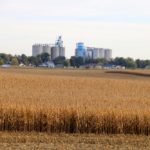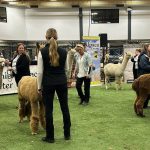
Tag Archives No-till farming
Opinion: Ongoing evolution necessary in farming

Tillage questions posed for Manitoba
David Lobb with the University of Manitoba is researching the cost of soil degradation

Manitoba sees changing erosion landscape
Manitoba may not have a lot of topography but Dr. David Lobb says it’s enough for tillage erosion, especially as soybeans expand
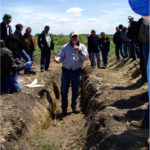
Mixing and matching inputs and rotations
Brandon researchers spent 18 years combining three different input levels and crop rotations to study the impact on nutrients, soil quality, yield and implications for climate change

Measuring tillage impact
There may be a middle path that gives the best results
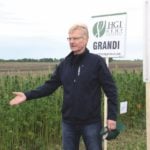
Can organic no till work in the field?
Environmental benefit is part of organic market value, but organic weed management usually means tillage, commonly considered a black mark for soil health. Is there a middle ground?
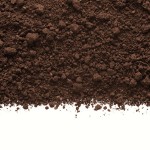
Farmers’ focus must shift from yields to soil health
But looking after the land doesn’t have to result in a ‘yield penalty’
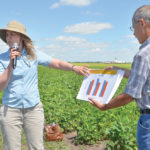
To till or not to till? For soybeans that’s the question
The Westman Agricultural Diversification Organization is testing out planting dates and pre-seed tillage systems in its latest round of soybean experiments

Better nitrogen efficiency, now and in the future
The June 28 4R nitrogen stewardship tour looked at current research and tools that could be coming in the future
Increasing yields while applying the same or less nitrogen is good for farmers and the environment. It also sums up the goal of the 4R stewardship program. The four Rs refer to applying nitrogen to crops using the right source and rate at the right time and right place. “That’s our big challenge,” University of